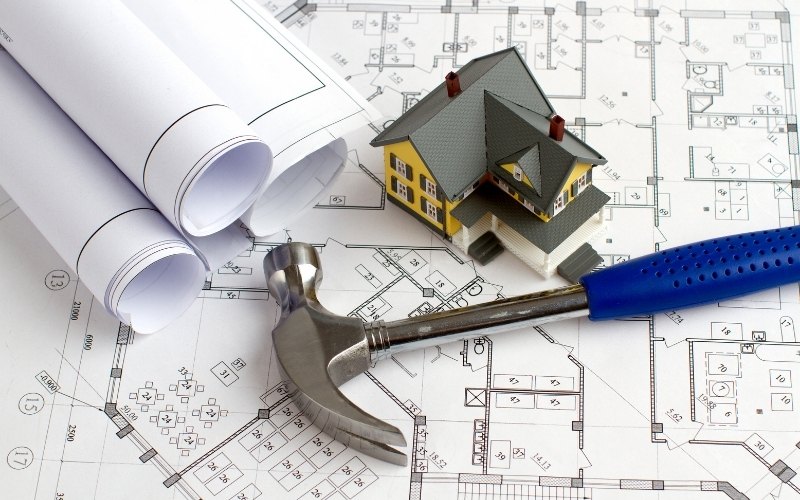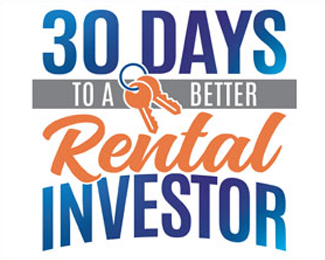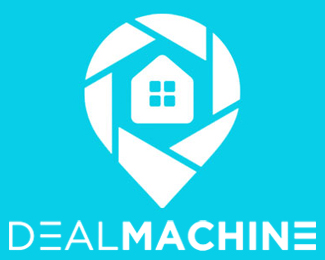

Fix and Flip vs. Buy and Hold: Which Strategy Is Best for You?
When it comes to real estate investing, two strategies dominate the conversation: Fix and Flip and Buy and Hold. Both can be powerful wealth-builders—but they’re vastly different in approach, risk, and reward. So which one is best for you?
Let’s break down the pros and cons of each to help you decide which path fits your goals, time, and resources.
🔨 What is Fix and Flip?
Fix and Flip involves buying a property (usually below market value), renovating it, and selling it for a profit—typically within a few months.
✅ Pros:
- Fast profits: If done well, you can earn significant returns in a short time.
- No long-term management: You sell the property and move on.
- Skill-building: Teaches you renovation, budgeting, and deal analysis.
❌ Cons:
- High risk: Renovation costs can spiral, or the property may not sell.
- Taxed as ordinary income: Short-term gains are taxed at higher rates.
- Active and time-consuming: Requires hands-on involvement, a good contractor, and market timing.
Best For:
- Investors looking for quick cash
- People with construction knowledge or strong project management skills
- Those with the ability to handle market ups and downs
Tools That Help You Invest Smarter, Not Harder
🏘️ What is Buy and Hold?
Buy and Hold means purchasing a property and renting it out for ongoing income, holding it for several years to benefit from appreciation and equity growth.
✅ Pros:
- Steady cash flow: Monthly rental income can cover expenses and generate profit.
- Long-term wealth building: Property usually appreciates over time.
- Tax advantages: Depreciation, mortgage interest deductions, and potential 1031 exchanges.
❌ Cons:
- Tenant and maintenance headaches: Long-term ownership means dealing with repairs, vacancies, and property management.
- Slower profit realization: Wealth builds over time, not overnight.
- Upfront investment: Down payments, repairs, and reserves can be significant.
Best For:
- Investors seeking passive income
- People willing to hold for the long haul
- Those looking to build generational wealth
🤔 So, Which Strategy Is Right for You?
Ask yourself:
- Do I need cash now or want to build wealth over time?
- Am I comfortable with renovation risks, or would I rather manage tenants?
- Do I want a hands-on project, or do I prefer steady, long-term income?
- What are my skills, time, and access to capital?

🧠 Final Thoughts
There’s no one-size-fits-all answer. Some investors start with a flip to build capital, then transition into buy and hold for long-term income. Others stick to one path and master it.
The key is to align your strategy with your lifestyle, goals, and risk tolerance.
Whichever route you choose, take time to educate yourself, run the numbers, and surround yourself with the right team. Success in real estate isn’t about the fastest path—it’s about finding the one that fits you best.
Run the Numbers Before You Choose a Strategy
Not sure whether a flip or a rental will bring the best return?
Before you commit, learn how to analyze each property like a pro.
Coach Carson’s Rental Property Analysis course walks you through the numbers—so you can compare deals, forecast returns, and make smarter investment decisions. Whether you’re buying to hold or planning to sell, accurate analysis is the foundation of every winning strategy.
📊 Master cash flow, ROI, cap rate, and key metrics
💰 Know when to walk away—or go all in
🧮 Includes templates, walkthroughs, and real examples






